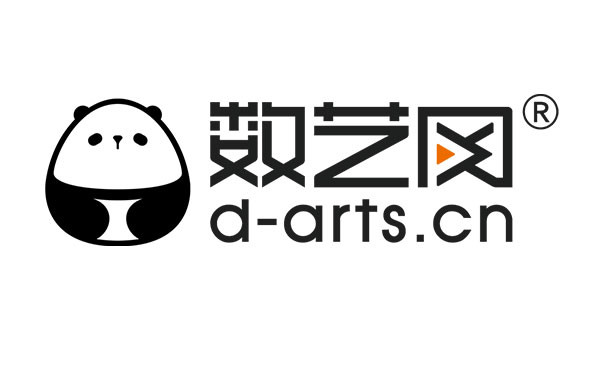- 0
- 0
- 1
分享
- 作品征集|2025年第四届CDSA国际媒体艺术创意大赛
-
原创 06-18
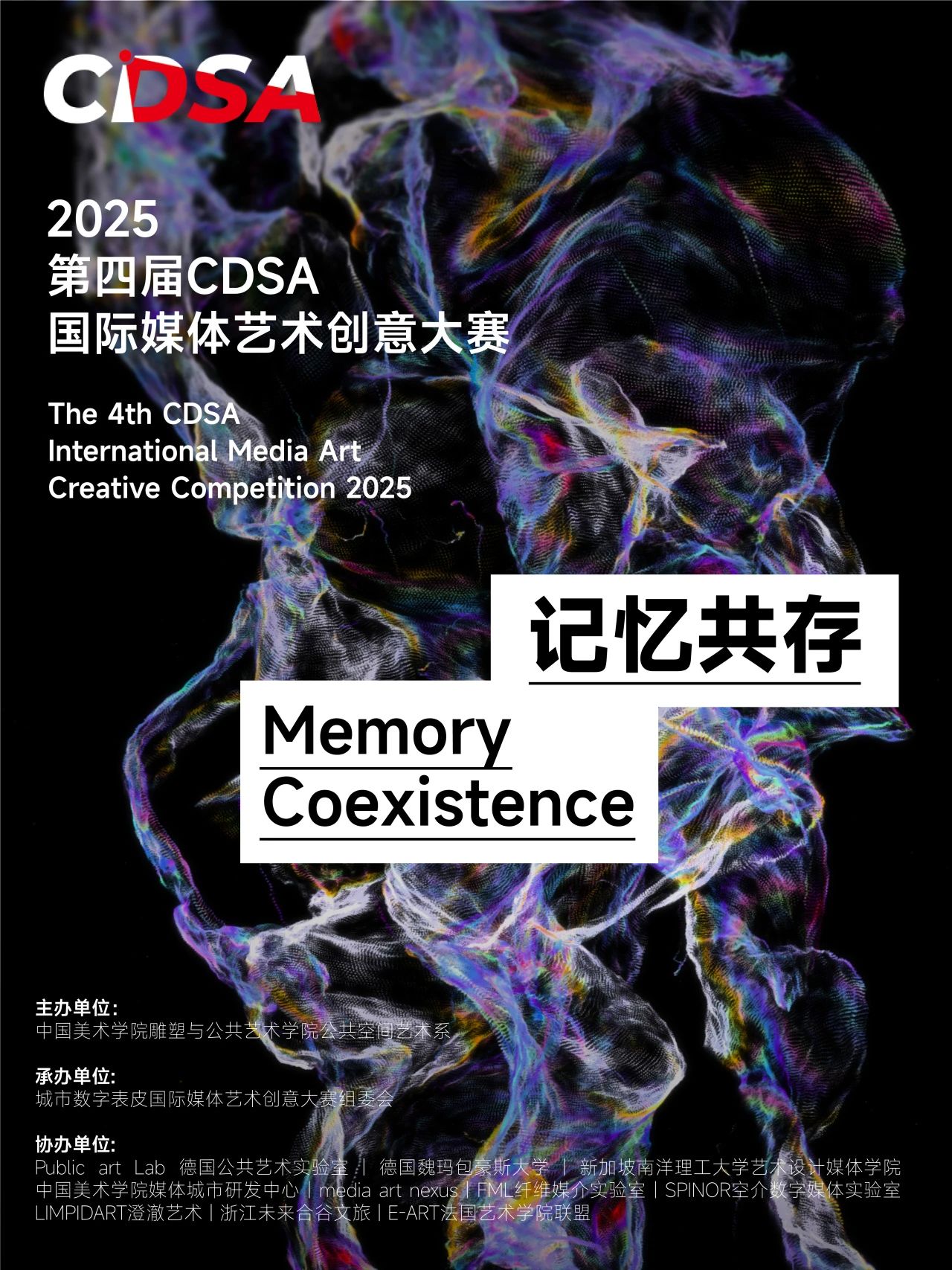
1
何为CDSA(城市数字表皮艺术)?
“城市数字表皮艺术”(City Digital Skin Art, CDSA)是基于公共空间中的屏幕与建筑外立面等城市表皮,关注数字时代的基本状况,并以公共艺术的数字化表达为诉求的艺术形式。它具有结合城市公共空间与数字公共空间的特征,希望通过公共艺术促进公众有关技术、空间与城市生活共生的社会想象力。
"City Digital Skin Art" (City Digital Skin Art, CDSA,) is an art form based on urban skins such as screens and building facades in public spaces, focusing on the basic conditions of the digital age, and seeking the digital expression of public art . It has the characteristics of combining urban public space and digital public space, and hopes to promote the public's social imagination about the symbiosis of technology, space and urban life through public art.
城市数字表皮是城市环境的一部分。城市环境在不同程度上塑造了城市的外观面貌,是城市的形象表达、生活方式的体现,也影响着城市中的社会关系。数字表皮是数字界面的一部分,它位于私人的生活空间与更宽泛的社会空间之间,具有转化、连接,最终沟通二者的潜力。结合二者的数字表皮艺术,是以艺术激发并实现这种潜力。
The urban digital skin is part of the urban environment. The urban environment shapes the appearance of the city to varying degrees, is the image expression of the city, the embodiment of the way of life, and also affects the social relations in the city. The digital skin is the part of the digital interface that sits between the private living space and the wider social space, with the potential to transform, connect, and ultimately communicate the two. The digital skin art that combines the two is to inspire and realize this potential with art.
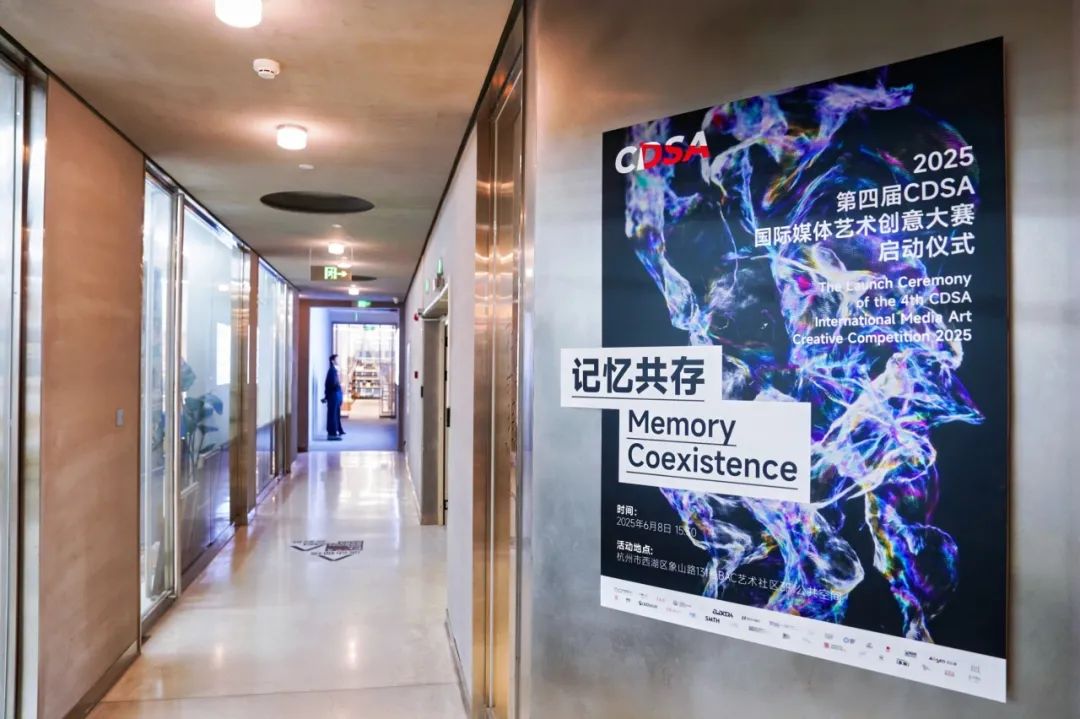
2
关于大赛
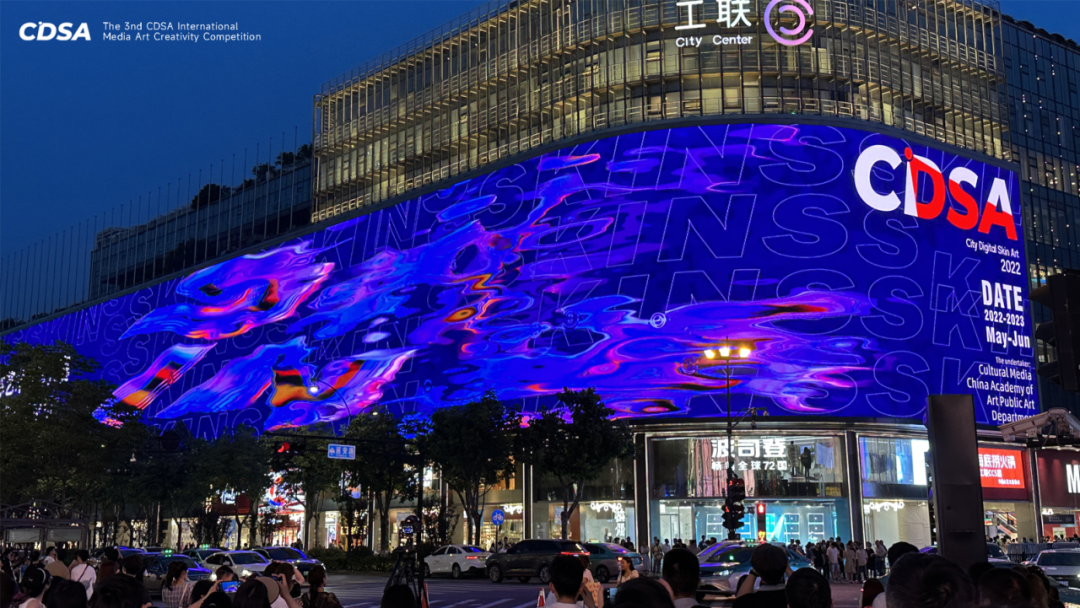
“CDSA国际媒体艺术创意大赛”是由中国美术学院雕塑与公共艺术学院公共空间艺术系发起的新型公共空间艺术创作大赛。CDSA国际媒体艺术创意大赛的创办是为了发现和支持优秀的艺术新秀和创意学员以及新锐从业者,助力艺术的专业与学术发展,构建跨专业、跨行业、跨空间的创意交流。旨在搭建城市公共的媒体艺术展播平台;推动优秀、创新、时尚的当代多媒体艺术创作积极介入公共空间与公众社会生活。“艺术与商业结合,创意与实践结合”。
"CDSA International Media Art Creativity Competition" is a new public space art creation competition initiated by the School of Sculpture and Public Art of China Academy of Art. The CDSA International Media Art Creativity Competition was founded to discover and support outstanding rookies, creative students, and cutting-edge practitioners, to help the professional and academic development of art, and to build creative exchanges across majors, industries, and spaces. It aims to build an urban public media art exhibition platform; promote excellent, innovative and fashionable contemporary multimedia art creation to actively participate in public space and public social life. "The combination of art and business, the combination of creativity and practice”.
3
赛事主题
主题:
记忆共存:当过去遇见当下与未来
Memory Coexistence:
When Past Meets Presence and Future
数字遗产不仅是对过去的记录,更孕育了未来的新文化形态。在以“记忆共存”为主题的数字艺术展中,城市的LED屏幕被转化为巨大的公共艺术画布,探索在科技与创意的交汇点上,记忆如何得以保存与再生。
LED屏幕作为时间的窗口,以新的公共形式映射我们非物质文化遗产中的传统与仪式、表演艺术与节庆活动、传统手工艺、有关自然与宇宙的知识与实践。我们如何运用数字技术增强这些文化遗产形态,使其成为塑造未来的在场“活档案”?我们又如何保护那些具有文化意义的物品、遗址、实践与记忆,并确保它们对后代可见、可用?
从更广阔的视角看,“记忆共存”反映出一个持续进行的文化交流过程——这一过程早在数百年前的丝绸之路时代便已开启。丝路促进了东西方之间观念与艺术表达的交流融合,而此次展览则借助数字技术,在时间与空间的维度上推动文化遗产的流动与再生。正如丝绸之路曾连接起城市、文化与人们,展览也试图在数字领域中感知空间、连接地理。
在城市巨型LED屏幕上,记忆不再是静态的档案,而成为参与公共对话的“活画布”。数字艺术展“记忆共存”将城市的过去、现在与未来融合为不断演化的艺术作品。LED屏幕变为“数字地标”,承载着个人记忆的碎片与集体叙事,持续展示人与城市空间间深层的情感纽带和时间的层叠痕迹。
它像一个“数字重写本”(digital palimpsest),将过去、现在与未来的记忆叠加成一部复杂而不断演变的人类经验记录。这一理念受到Refik Anadol的作品如《数据之境的大自然模型》(Large Nature Model of Dataland)与《文艺复兴之梦》(Renaissance Dreams)的启发。在《数据之境》中,Anadol 利用大规模数据驱动艺术创作出沉浸式数字自然环境,提供对自然世界的不断演化的诠释,将其转化为一种新的文化遗产形态。《大自然模型》重新构想了人与自然的关系,通过庞大的数据集构建出一个不断更新、自动校准的“活自然”数字模型;而在《文艺复兴之梦》中,机器学习算法被用来重新诠释古典绘画,为历史作品注入新生命,挑战我们与过去互动的方式。这种通过数字媒介进行记忆叠加与再诠释的理念,与联合国教科文组织关于文化与自然遗产“动态、互联”的观点高度契合。数字重写本这一概念揭示了数字技术如何让我们“重写”或再诠释记忆,在保留原始痕迹的同时添加新的意义层级。如同古代手稿被反复擦除与重写,这些LED屏幕构成了一个活态的记忆与身份文档。
展览通过公众参与与先进科技,重新定义了“数字遗产”的概念:它是一种动态创作,激发文化再发现与共享归属感。展览基于开放式互动平台,鼓励公众上传与城市相关的个人记忆,如家庭照片、语音片段或视频剪辑。这些数据通过AI处理后转化为可视化的艺术作品,并实时投影于LED屏幕上,使数字遗产成为流动的、感官化的体验。
展览的核心理念是“动态记忆拼图”。观众上传的图像、声音与文本碎片,经由AI技术与城市历史档案及文化符号进行算法链接,转化为流动的数字叙事。这些可视化叙事不仅呈现重大历史事件,也展现城市居民的日常瞬间,在公共空间中形成一首“记忆交响曲”。白日里,屏幕与城市景观融合,映照其真实风貌;入夜后,光影律动如同城市的脉搏,回响其鲜活记忆。展览强调:记忆不仅是个人的私产,更是集体的文化资产,每一个碎片都是城市独特记忆生态的一部分。通过这一方式,“记忆共存”邀请观众共同编织城市记忆的肌理,在沉浸式互动体验中与城市产生共鸣,也与自我产生对话。
观众不仅是旁观者,更是共创者。他们提交的记忆与既有文化资产产生对话,构建出集体性的数字艺术作品。此外,展览还融合AR互动技术,使参观者可通过手机探索屏幕之外的数字场景,沉浸式地与建筑、声音与历史人物的虚拟记忆进行互动。这一公众协作与沉浸体验的维度,体现了文化融合的持续过程,科技不仅是保存工具,更是连接过去与现在、地方与全球的桥梁。
通过城市LED屏的广泛覆盖,“记忆共存”重新定义了城市记忆的传播方式,使每一段记忆碎片都在广场与街角被看见、讨论与铭记。它不仅是视觉盛宴,更是一场深刻的公众共创实践,激发人们对记忆价值、意义与保存的思考。展览将数字艺术定位为塑造文化身份的重要力量,并在为未来世代更新城市遗产价值的过程中发挥作用。
因此,数字遗产成为一座桥梁,正如古代文化交流曾连接人类历史的不同片段,如今则借助技术开启全新的文化对话与再诠释的旅程。
Memory Coexistence: When Past Meets Presence and Future
Digital heritage is not just a record of the past but generates new cultural forms of the future. In the digital art exhibition themed "Memory Coexistence" urban LED screens transform into immense canvases of public art, exploring how memories can be preserved and regenerated at the intersection of technology and creativity.
LED screens provide a time window and reflect as new public format the past of our intangible cultural heritage of traditions and rituals, performing arts and festive events, traditional craftsmanship, knowledge and practices concerning nature and the universe. How can we enhance these forms of cultural heritage with digital technologies to become a living archive of the presence by shaping the future? How can we safeguard objects, sites, practices, and memories that hold cultural significance, ensuring they are accessible to future generations?
In a broader context, ''Memory Coexistence'' reflects the ongoing process of cultural exchange that has occurred for centuries, such as through the historical networks like the Silk Road where the fusion of different cultural practices generated new forms of understanding and creativity. Just as the Silk Road facilitated the sharing of ideas and artistic expressions between the East and West, this exhibition leverages digital technology to enable the flow of cultural heritage across geographies and time periods. Furthermore, as the Silk Road connected cities, cultures, and people across vast distances, so too does this exhibition aim to sensing places and connecting geographies in the digital realm.
On the massive LED screens of the city, memory is no longer a static archive but a living canvas and participant in public dialogue. The digital art exhibition ''Memory Coexistence'' visualizes the fusion of the past, present, and future of the city into ever-evolving works of art. The LED screens become "digital landmarks" carrying fragments of individual memories and collective narratives continuously showcasing the profound emotional bond between people and the urban space with its layers of times.
By operating as a 'digital palimpsest' where the layering of past, present, and future memories, creates a complex and ever-evolving record of human experience. This approach draws inspiration from projects like Refik Anadol's Large Nature Model of Dataland ,, and Renaissance Dreams. In Dataland, Anadol utilizes large-scale data-driven art to create immersive digital environments inspired by nature, providing an evolving interpretation of the natural world that transforms into a new form of cultural heritage. Large Nature Model reimagines our relationship with nature, using vast data sets to create a living digital model of nature, constantly evolving and recalibrating, while in Renaissance Dreams, machine learning algorithms are used to reinterpret classical paintings, breathing new life into historical works and challenging how we interact with the past. This concept of layered memory and reinterpretation through digital media aligns closely with UNESCO’s perspective on preserving both cultural and natural heritage as dynamic, interconnected entities. This concept of a palimpsest reflects how digital technologies allow us to "rewrite" or reinterpret memories, adding new layers of meaning while preserving the original traces. As with ancient manuscripts erased and rewritten over time, these LED screens create a living document of evolving memory and identity.
By inviting public participation and leveraging advanced technology, the exhibition reimagines “digital heritage” as a dynamic creation, fostering cultural rediscovery and shared ownership. The exhibition operates on an open interactive platform, encouraging the public to upload personal memories related to the city, such as family photos, voice recordings, or video snippets. These data inputs are processed by AI to generate visualized art pieces, projected onto the LED screens in real time, presenting digital heritage as a flowing, sensory experience.
At the heart of the exhibition is the concept of a “dynamic memory mosaic.” Images, sounds, and text fragments uploaded by viewers are algorithmically linked with the city’s historical archives and cultural symbols through AI technology, transforming into fluid digital storytelling. These visual narratives present not only major historical events but also the everyday moments of city residents, creating a symphony of memories in public spaces. By day, the screens integrate with the cityscape, reflecting its authentic character; by night, dynamic light and shadows pulse like the city’s heartbeat, echoing its vibrant memory. The exhibition seeks to highlight that memories are not merely personal possessions but shared cultural assets, with each fragment contributing to the unique memory ecosystem of the city. Through this approach, “Memory Coexistence” invites viewers to participate in weaving the fabric of urban memory, finding resonance with both the city and themselves in an immersive, interactive experience.
They are not only spectators but also co-creators, as their submitted memories engage in dialogue with existing cultural assets, forming collective works of digital art. Additionally, the exhibition integrates AR interaction technology, allowing visitors to explore digital scenes beyond the screen via their smartphones, interacting with virtualized memories of architecture, sounds, and historical figures. This aspect of public collaboration and immersive interaction reflects the ongoing process of cultural blending, where technology enables not just preservation but an ongoing dialogue between past and present, local and global.
Through the expansive reach of LED screens, ''Memory Coexistence'' redefines how urban memories are disseminated, making every fragment of memory visible, discussed, and remembered in the plazas and corners of the city. It is not merely a visual spectacle but also a profound practice of public co-creation, inspiring reflection on the value, meaning, and preservation of memory. The exhibition positions digital art as a powerful force in shaping cultural identity and renewing the value of urban heritage for future generations.
In this way, digital heritage serves as a bridge, allowing for new cultural exchanges and reinterpretations of our shared human history, just as the ancient cultural exchanges once did.


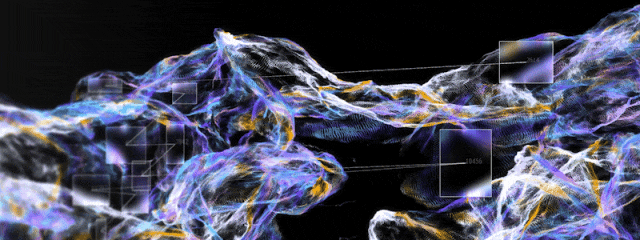
4
征集对象
国内外公共艺术与数字艺术设计创作者、艺术与设计院校的学生,以及所有采用数字工具绘画的作者(包括新锐插画师、独立艺术家、视觉艺术家、专业建模师、新媒体设计师,以及创业团队与相关领域的企业、机构和院校)。
5
赛制安排
(一)赛程时间
初评—终评—最终修改
Initial review - Final review - Final revision

(二)公开展示(展览)
经过评委会两轮评选,最终入选的40件优秀作品,将在中国、法国、新加坡、德国、意大利、西班牙、马来西亚的城市核心区域的14块LED大屏上,为期1周的展示。
(三)奖金

6
展览地点

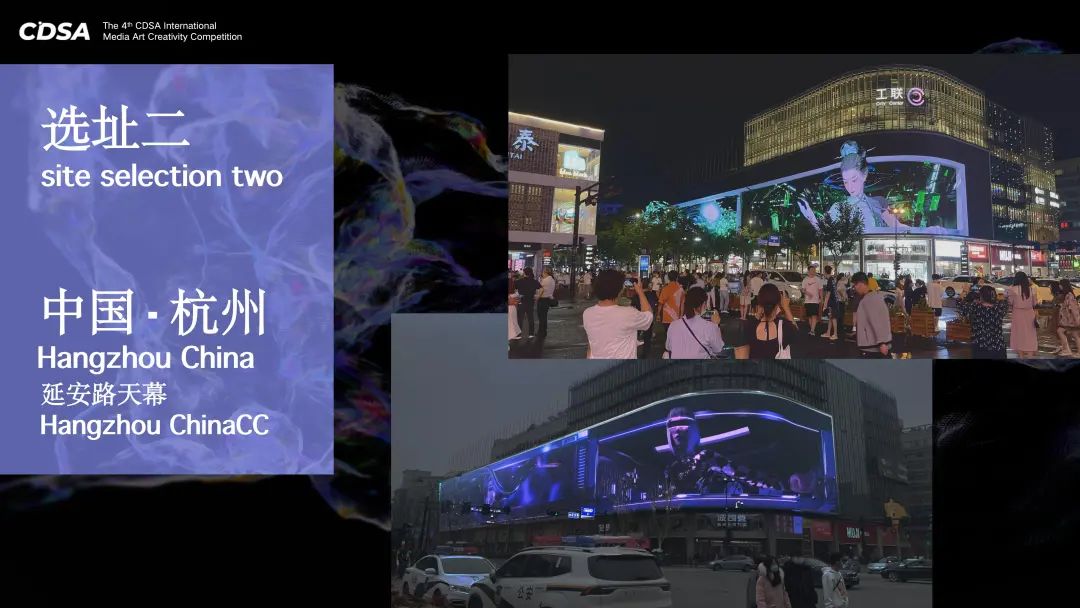
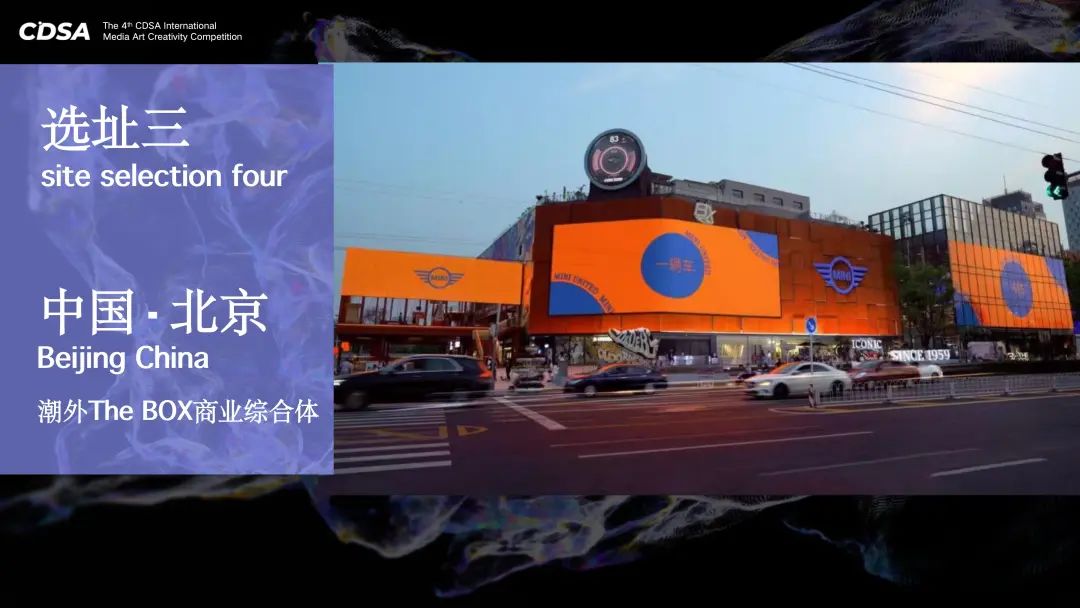
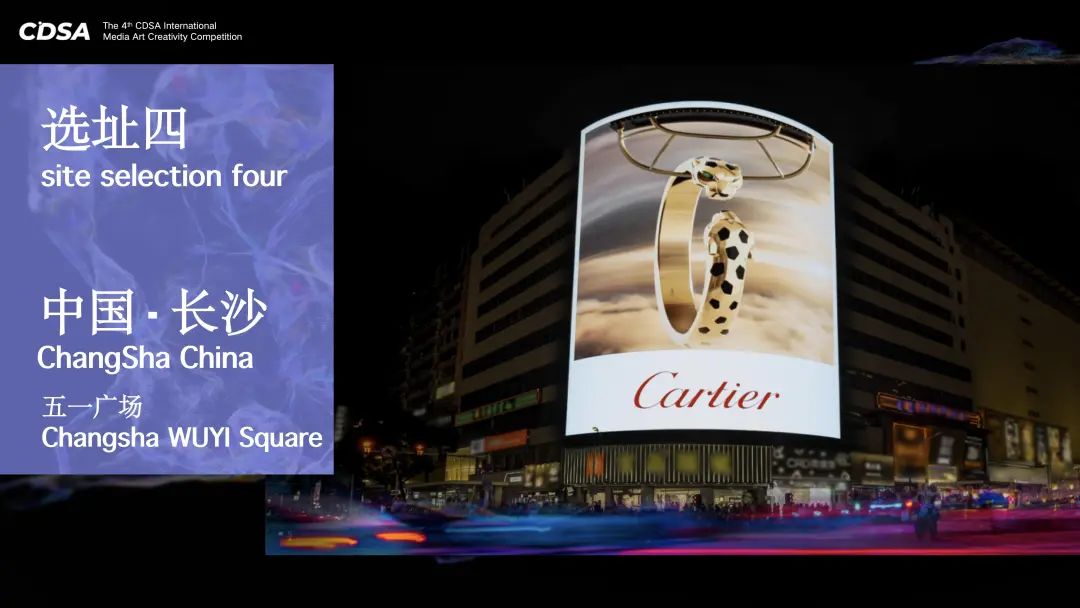
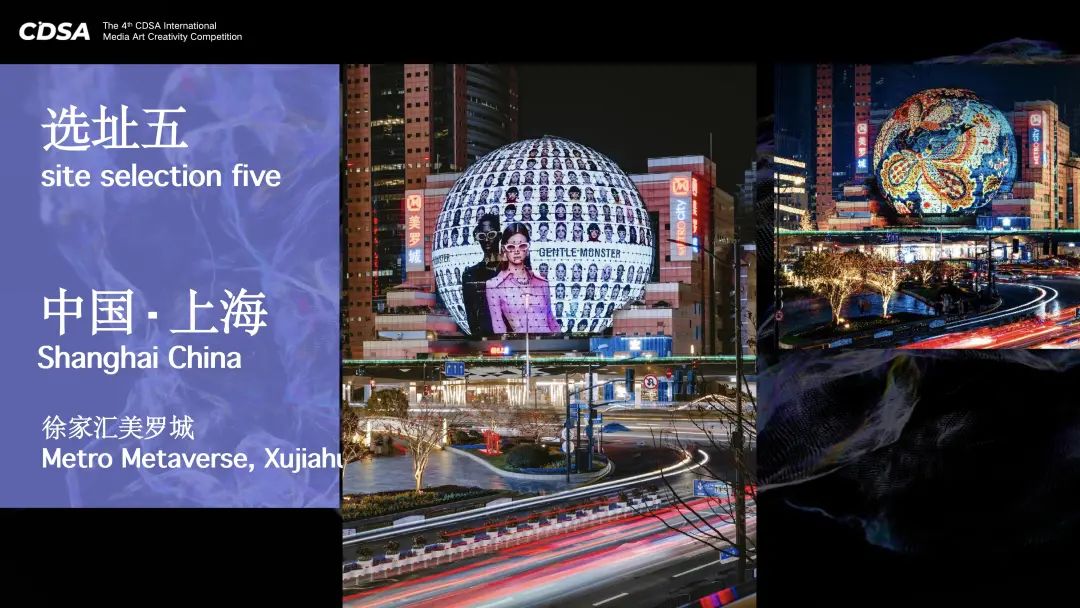
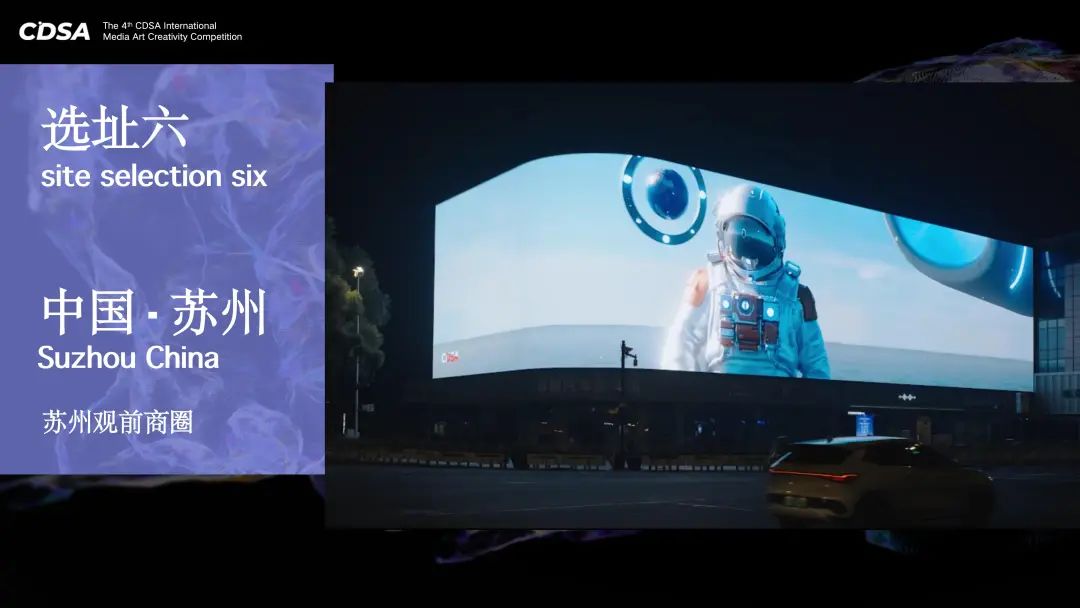
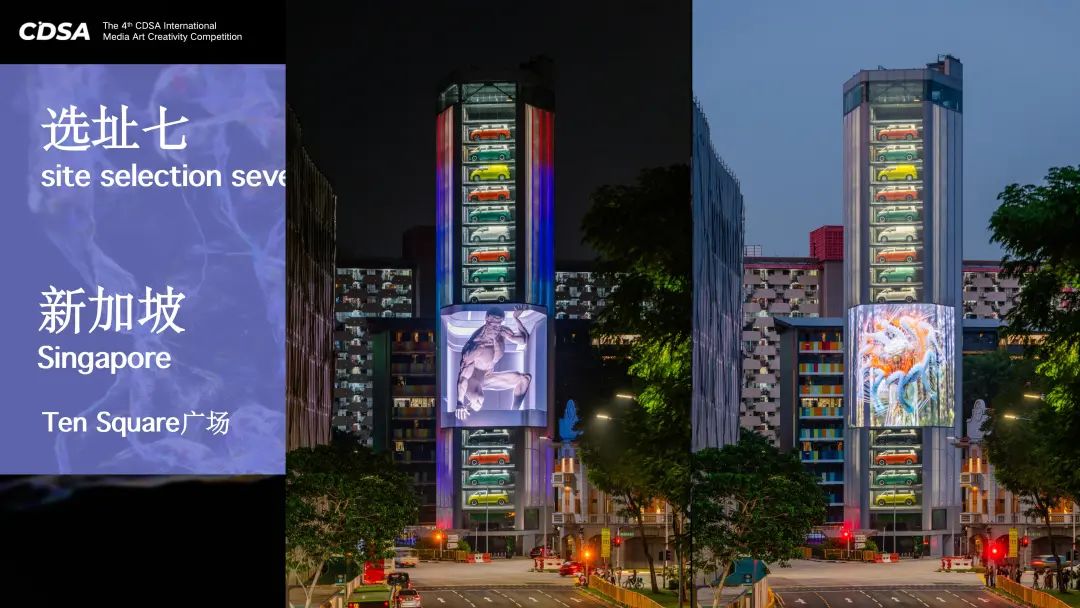
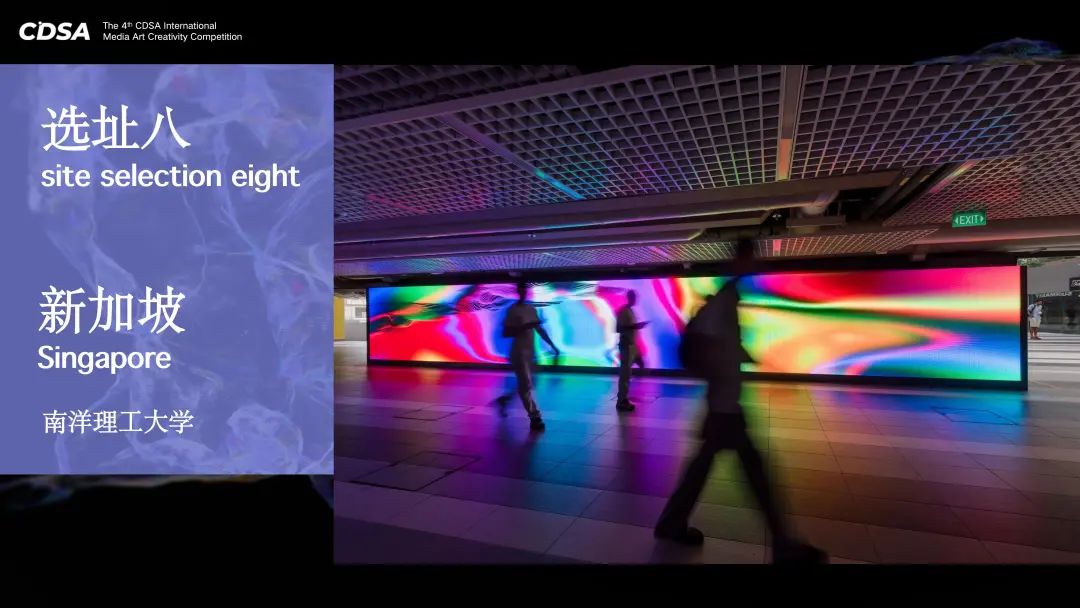
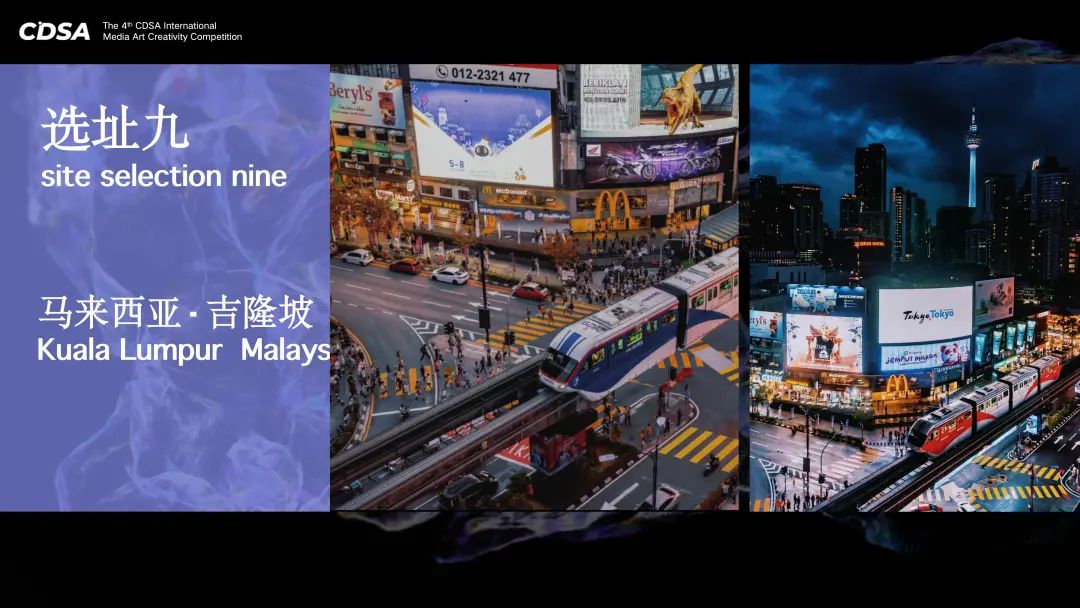
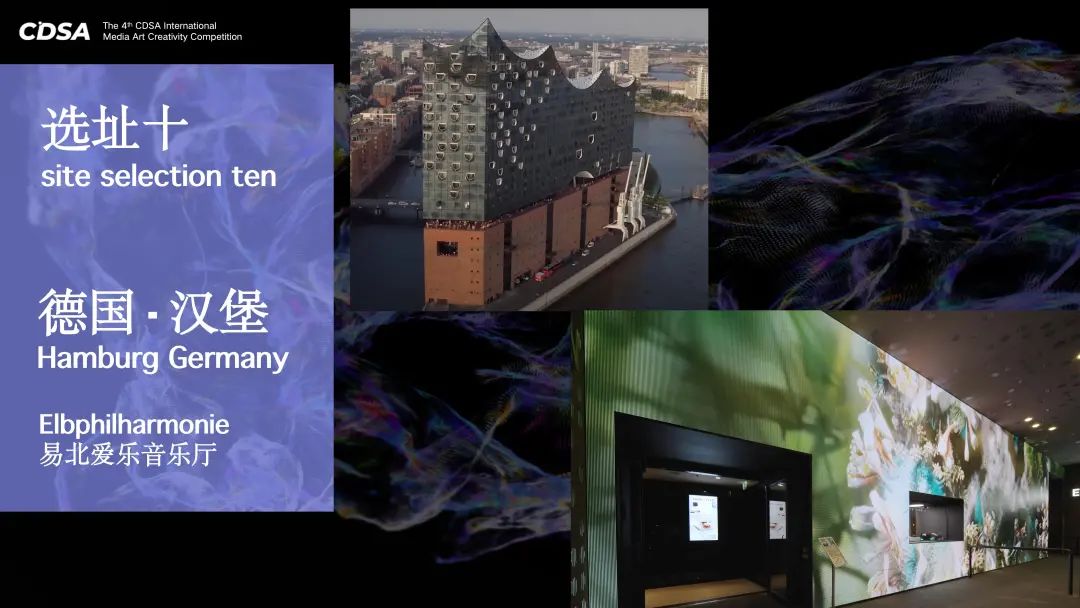
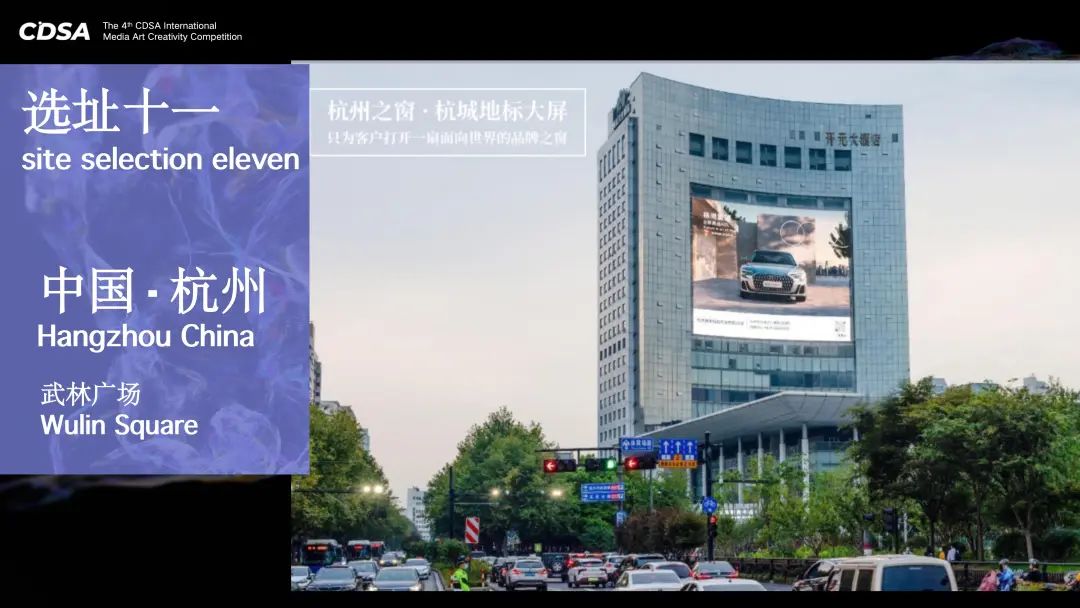

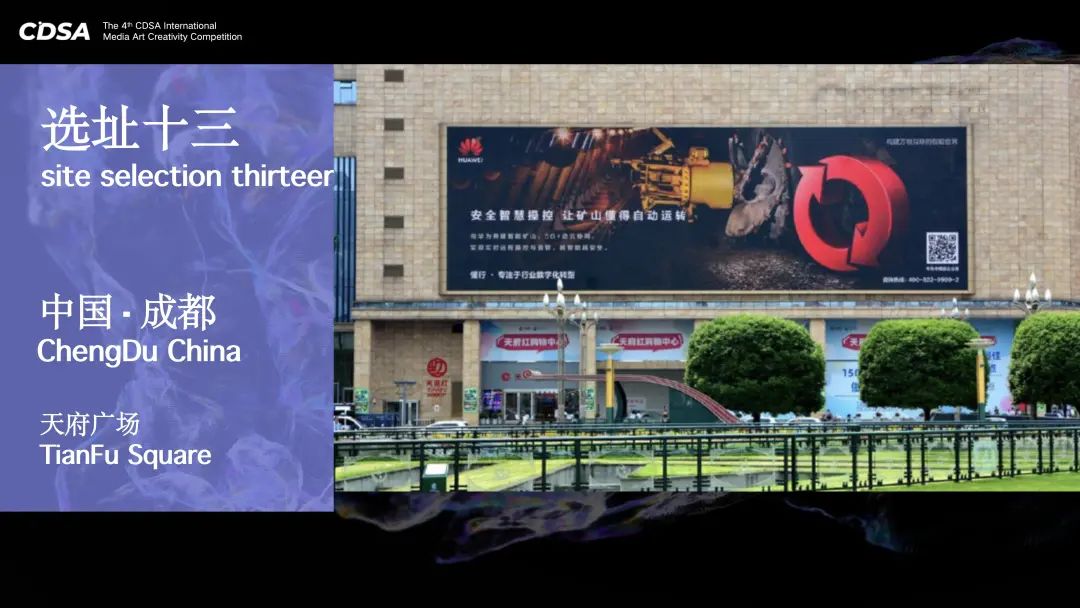
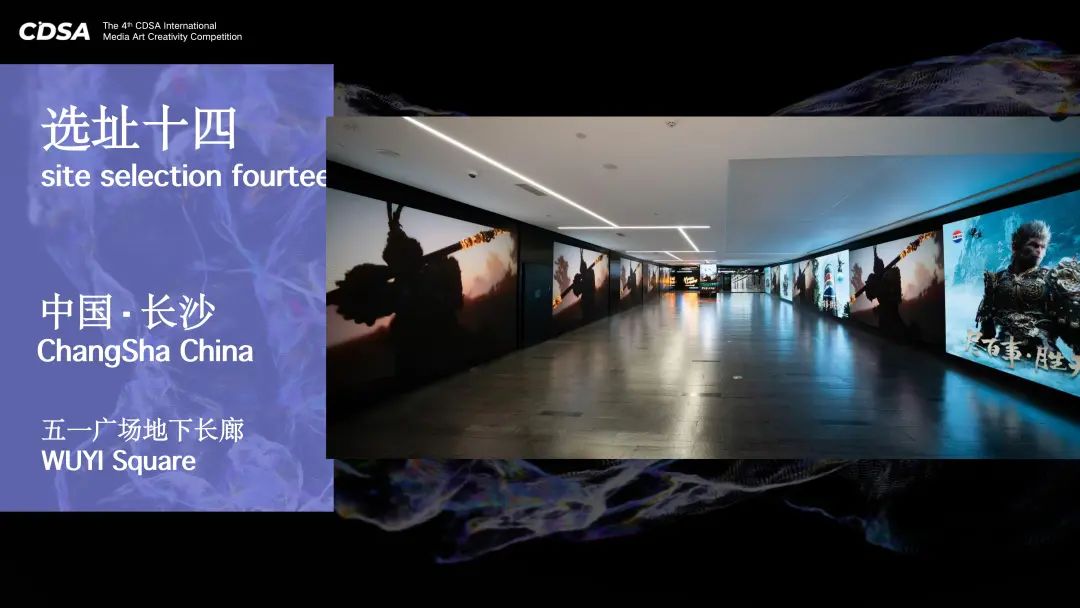
7
报名资料
报名详细资料及屏幕具体参数在以下链接内,请自行下载查阅
The detailed registration information and specific screen parameters are provided in the following link,
Please download and review it yourself
链接: https://pan.baidu.com/s/1jMSDt-9WH0ho5W0haEqByg?pwd=2024
提取码: 2024
8
国际评委会阵容
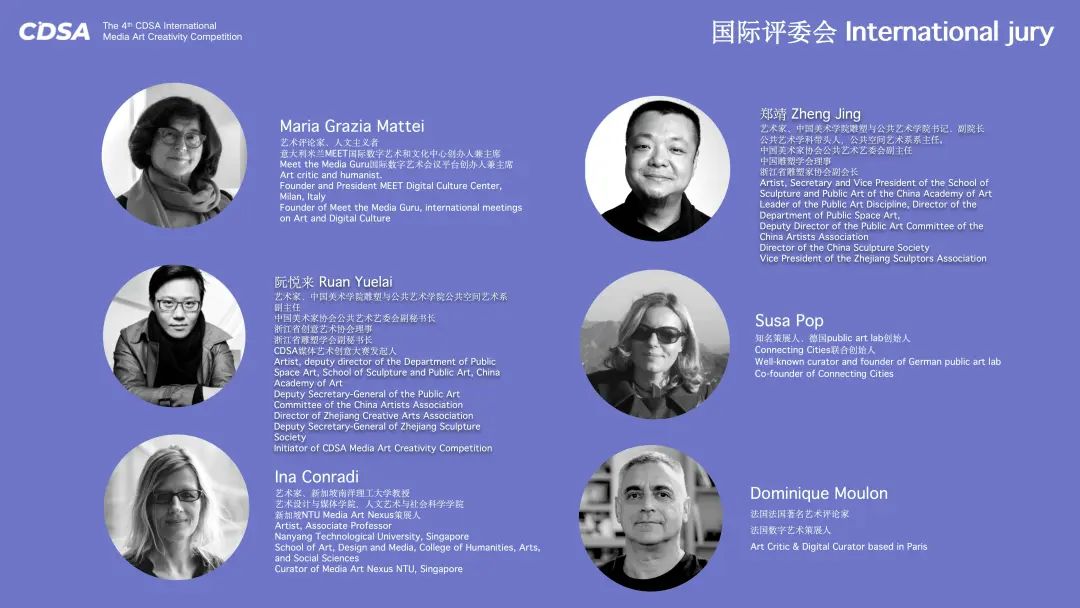
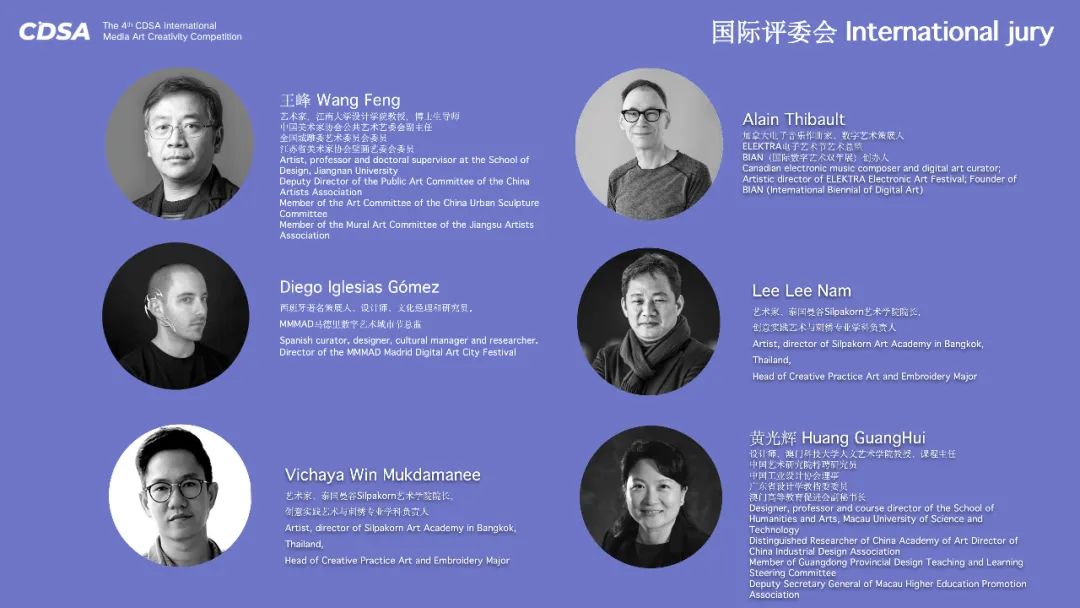
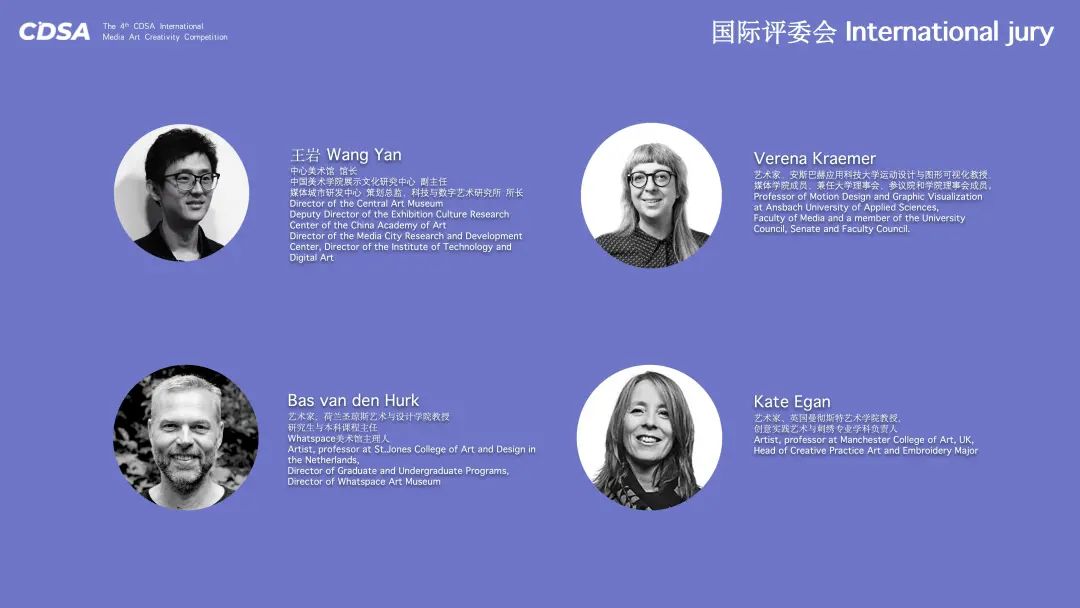
9
启动仪式

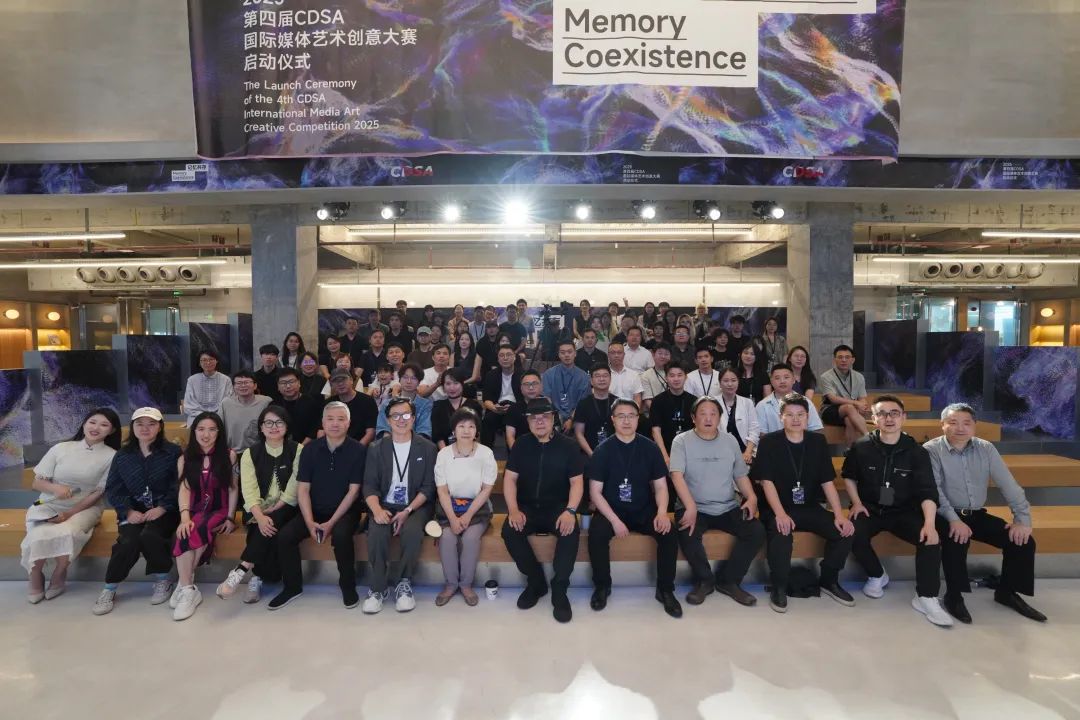
主办单位:
中国美术学院雕塑与公共艺术学院
公共空间艺术系
承办单位:
城市数字表皮国际媒体艺术创意大赛
组委会
协办单位:
Public art Lab 德国公共艺术实验室
德国魏玛包豪斯大学
新加坡南洋理工大学艺术设计媒体学院
中国美术学院媒体城市研发中心
media art nexus
FML纤维媒介实验室
SPINOR空介数字媒体实验室
LIMPIDART澄澈艺术
浙江未来合谷文旅
E-ART法国艺术学院联盟

-
阅读原文
* 文章为作者独立观点,不代表数艺网立场转载须知
- 本文由 数艺网 授权 数艺网 发表,并经数艺网编辑。转载此文章请在文章开头和结尾标注“作者”、“来源:数艺网” 并附上本页链接: 本站部分文字及图片来源于网络,如侵犯到您的权益,请及时告知,我们将及时处理或删除。
